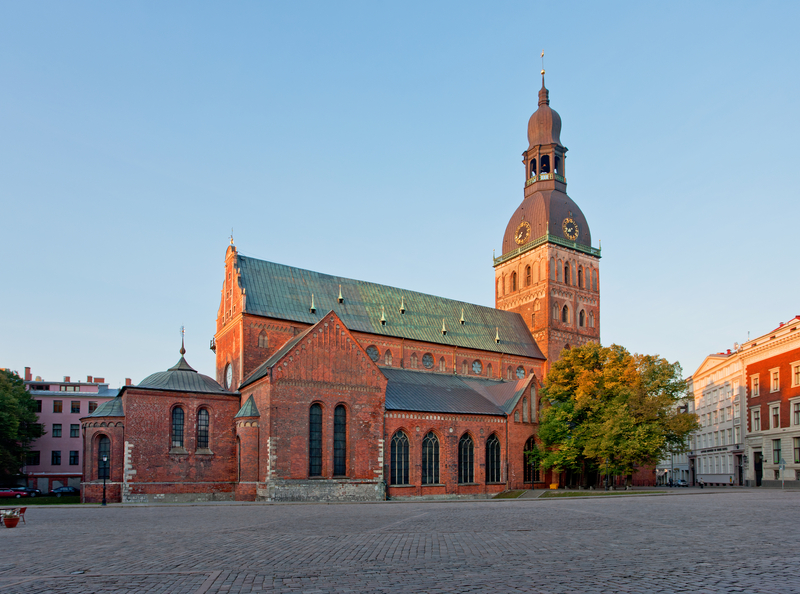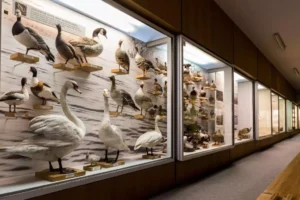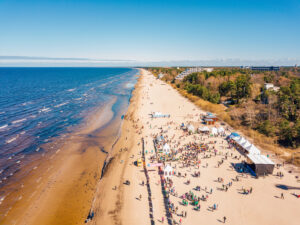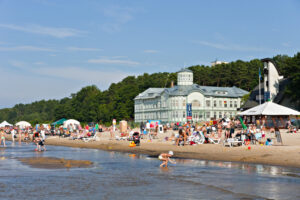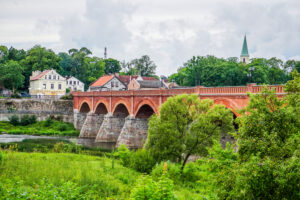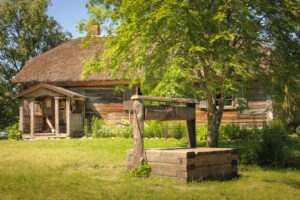Latvia, a small country in the Baltic region of Northern Europe, is known for its rich history and diverse architectural heritage. From medieval Gothic churches to Soviet-era relics, Latvia offers a fascinating blend of architectural styles that reflect its complex past. In this blog post, we will explore some of the best examples of Latvia’s architecture, highlighting the unique features and historical significance of each.
1. Riga Cathedral:
We begin our architectural journey in the capital city of Riga, where the Riga Cathedral stands as a symbol of the city’s rich history. Built in the 13th century, this magnificent Gothic-style cathedral is the largest medieval church in the Baltic states. Its towering spires and intricate stone carvings make it a true masterpiece of Gothic architecture. The interior of the cathedral is equally impressive, with its stunning stained glass windows and ornate altarpiece. A visit to Riga Cathedral is a must for anyone interested in Latvia’s architectural heritage.
2. House of the Blackheads:
Located in the heart of Riga’s Old Town, the House of the Blackheads is a striking example of Renaissance architecture. Originally built in the 14th century as a meeting place for a guild of unmarried merchants, the building was later reconstructed in the 16th century with a more elaborate facade. The intricate decorations, including statues, reliefs, and ornamental details, make the House of the Blackheads a true gem of Latvian architecture. Today, it serves as a museum and event venue, showcasing the country’s cultural heritage.
3. Turaida Castle:
Moving away from Riga, we venture into the Latvian countryside to explore Turaida Castle, a medieval fortress located in the Gauja National Park. Built in the 13th century, this red-brick castle is a prime example of medieval military architecture. Its defensive walls, towers, and a central courtyard transport visitors back in time to the Middle Ages. The castle also offers breathtaking views of the surrounding landscape, making it a popular tourist destination.
4. Rundale Palace:
Continuing our journey through Latvia’s architectural wonders, we arrive at Rundale Palace, a magnificent Baroque-style palace located in the southern part of the country. Designed by the renowned Italian architect Bartolomeo Rastrelli, who also designed the Winter Palace in St. Petersburg, Rundale Palace is a true masterpiece of Baroque architecture. Its opulent interiors, adorned with intricate stucco decorations, frescoes, and luxurious furnishings, showcase the grandeur of the 18th-century aristocratic lifestyle. A visit to Rundale Palace is like stepping into a bygone era of elegance and splendor.
5. The Academy of Sciences:
As we delve into Latvia’s more recent architectural history, we cannot ignore the influence of the Soviet era. The Academy of Sciences, located in Riga, is a prime example of Soviet architecture. Completed in 1956, this imposing skyscraper was designed in the Stalinist architectural style, characterized by its monumental scale and neoclassical elements. The Academy of Sciences, with its distinctive spire and bronze statues, stands as a reminder of Latvia’s Soviet past and the architectural legacy left behind.
6. The National Library of Latvia:
Our architectural journey concludes with a visit to the National Library of Latvia, also known as the Castle of Light. Designed by the internationally acclaimed architect Gunnar Birkerts, this modernist masterpiece was completed in 2014. The library’s unique shape, resembling a glass mountain, is a striking addition to Riga’s skyline. The interior of the library is equally impressive, with its light-filled spaces and panoramic views of the city. The National Library of Latvia is not only a hub of knowledge and culture but also a testament to Latvia’s commitment to contemporary architecture.
In conclusion, Latvia’s architectural heritage is a testament to its rich history and cultural diversity. From medieval Gothic churches to Soviet-era relics and modernist masterpieces, Latvia offers a fascinating blend of architectural styles that captivate visitors from around the world. Whether you are a history enthusiast, an architecture lover, or simply a curious traveler, exploring Latvia’s architectural wonders is an experience not to be missed.

